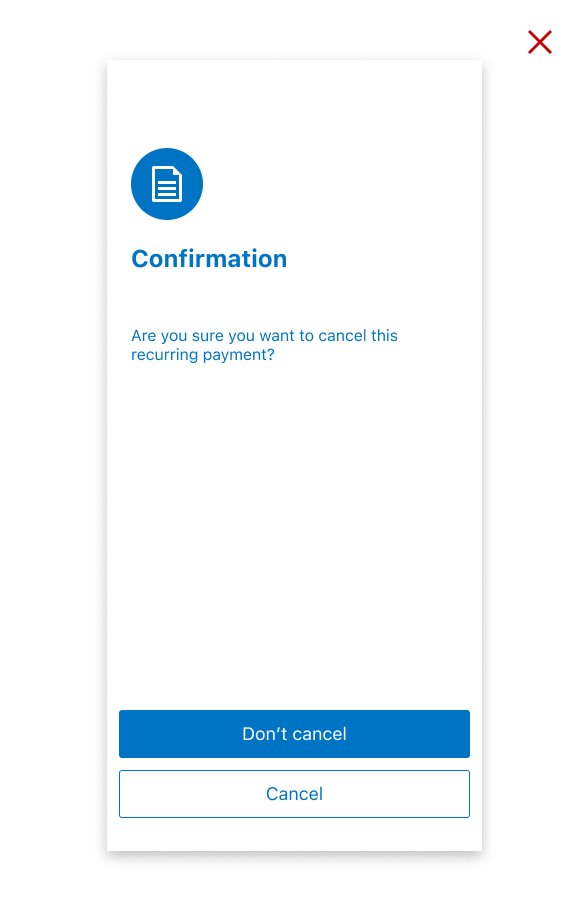When writing for digital, we want our customers to easily understand our messaging and successfully complete their task online in the quickest and simplest way possible.
Why our words matter
The designs and words that customers see are inseparable. Together, they help us build and maintain a connection with customers.
These guidelines aim to help us write in a way that helps our customers successfully complete their task online in the quickest and simplest way possible.
These guidelines will change
Customers’ needs evolve, so these guidelines will change to keep up with those requirements. Often, we won’t get things right the first time, but we can get better after each iteration.
Principles
Our writing principles guide the way we solve customer problems and make decisions on how we write across the Westpac brands. You should also follow each brand’s tone of voice guidelines.
Helpful
We create content that enables customers to get their banking done efficiently and effectively.
Simple
We help customers understand our offering and its implications, giving them control over their finances and personal data.
Accessible and inclusive
We write in a way that promotes empathy, understanding and acceptance of diverse backgrounds so that every customer can interact with ease.
Writing tips
Use simple words
Create content that all customers can understand, regardless of their ability, level of literacy, expertise, gender, age group or cultural background.
Consider your audience when using words like ‘very’, ‘really’, ‘highly’ or ‘simply’, as each person’s perception or ability to complete a task may be different.
Avoid industry jargon, complex language or abbreviations that aren’t commonly used. If it’s necessary to use any of these, consider including an explanation.
Don't use slang to shorten words.
Keep it brief
Every word should serve a purpose. If it doesn’t, remove it. See how many words you can omit without losing your key message or meaning. Read it out loud to check if it sounds right.
Include only one idea per sentence.
Use short headings and visual cues to help with context, scanning and memory.
Sometimes, a longer message may be helpful, for example, when there’s an extended wait and we want to give the customer an idea of what’s happening.
Provide context
Consider clarifying questions when sharing information to help a customer accomplish their task.
- Who's the customer?
- What can we do to help them?
- Why do they need the information?
- When will they know the outcome?
- Where do they need to go to resolve the issue?
- How can we prevent the issue from recurring?
For example:

Don’t assume that a customer knows what to do. If a customer can’t do something with your message, you may like to rethink why you’re saying it.
Only include what the customer needs to know. For example, questions about a customer’s tax residency and foreign tax identification number are displayed only after a customer indicates that they are a tax resident in a country other than Australia.
For example:

Use conversational language
Consider how you would explain something you want a customer to experience to a friend or family member.
Use words like ‘you’, ‘we’ and ‘us’.
Use the first person when a customer is making a statement or choice. Avoid referring to the customer in both the second person and first person in the same sentence.
Rather than provide information to the customer, consider asking them questions to help make a conversation flow.
Use active voice
An exception to this is where we’ll end up blaming the customer.
Ensure consistency
Be consistent in the use of a term or the way of expressing information throughout a customer journey.
Also refer to Words to watch out for.
Focus on the benefits, not the feature
Don’t use double negatives

